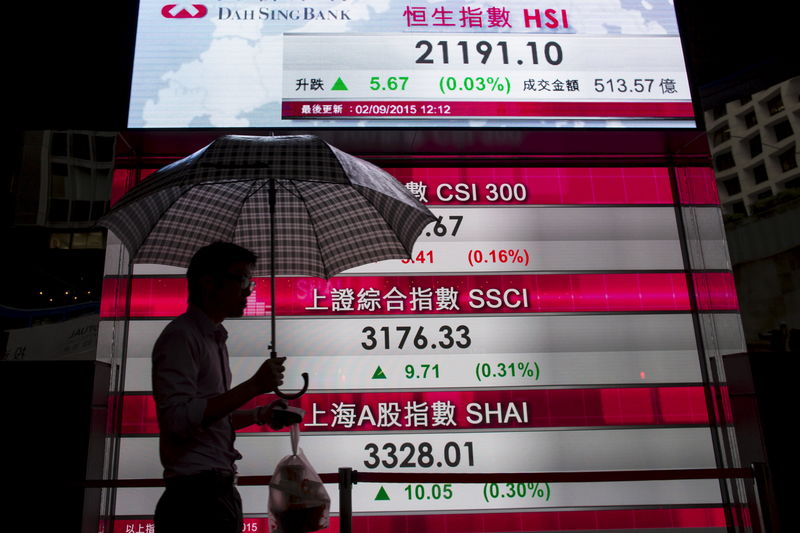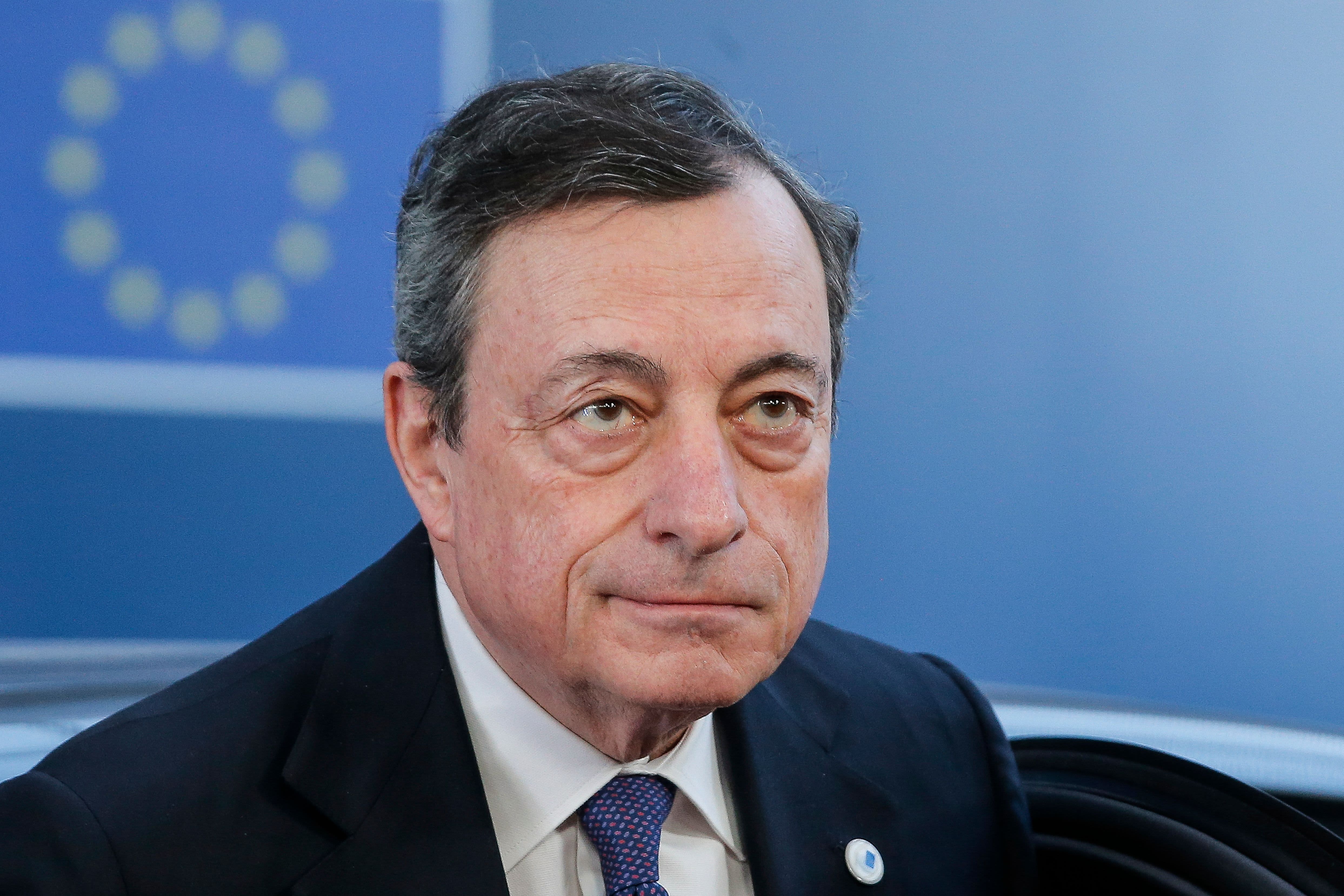Draghi’s desperate shenanigans thicken.
ECB President Mario Draghi, who is on his way out, will, as we’re learning more and more, do anything to push his agenda and make it stick at the ECB long after he leaves, but whatever his agenda may be, it’s clearly unrelated to the European economy which has been buckling under the consequences of his agenda: the destructive weight of negative interest rates and QE. And in the process, he is destroying the legitimacy of the ECB’s policy.
The latest incident was on Thursday. During the press conference following the ECB’s policy meeting, he lied to reporters, claiming that the “consensus was so broad there was no need to take a vote,” when in fact he had a revolt on his hand during the meeting by the presidents of the national central banks that represented half of the economy of the Eurozone, and by members of the Executive Board.
Among the key policy changes the ECB announced on Thursday was the restart of QE to the tune of €20 billion a month and a tiny 10-basis point cut in its deposit rate, from the old negative -0.4% to the new negative -0.5%.
The announcement also included a provision to help banks – which have been getting re-crushed by these idiotic negative interest rates – to survive those negative interest rates: the ECB would exempt part of the banks’ deposits at the ECB from negative rates in a two-tier system.
It was the QE portion of the decision that had triggered the unprecedented revolt during the meeting. “Officials with knowledge of the matter” told Bloomberg that during the contentious meeting, the members of the Governing Council and of the Executive Board who vigorously opposed the restart of QE included but was not limited to:
- Jens Weidmann, President of the Bundesbank
- Francois Villeroy de Galhau, Governor of the Bank of France
- Klaas Knot, President of the Dutch central bank
- Ewald Nowotny, Governor of the Austrian central bank
- Ardo Hansson, Governor of the Bank of Estonia
- Sabine Lautenschlaeger, Member of the Executive Board
- Benoit Coeure, Member of the Executive Board
The countries of the five heads of the national central banks, from Weidmann to Hansson, account for about half of the economy of the Eurozone.
They opposed the restart of QE, but there was no vote – which is common in ECB proceedings when there is a consensus. But there was no consensus. And Draghi simply imposed his agenda.
“Such disagreement over a major monetary policy measure has never been seen during Draghi’s eight-year tenure,” according to Bloomberg’s sources.
Among the key reasons cited against relaunching QE now, according to the sources, was that there is no emergency, and it’s better to save QE for an emergency, such as some big turmoil in the Eurozone following a no-deal Brexit.
Nevertheless, during the press conference after the contentious meeting, Draghi lied to reporters about it, when he told them ridiculously:
“There was more diversity of views on APP [asset purchase program]. But then, in the end, a consensus was so broad there was no need to take a vote. So the decision in the end showed a very broad consensus. As I said, there was no need to take a vote. There was such a clear majority.”
But this wasn’t the first time that Draghi was exposed as having lied blatantly about what had transpired during the policy meeting.
In a speech in June about an unrelated historical topic he said that “additional stimulus will be required,” in form of “further cuts in policy interest rates” and additional bond purchases, and that “all these options were raised and discussed at our last meeting.”
But those were blatant lies too. Sources who were part of the ECB’s June meeting told Reuters that no such options were discussed. Draghi had simply sallied forth on his own, pushing his agenda, and trying to force the ECB’s hand [read… No, Rate Cuts Were Not Discussed: ECB Insiders Out Draghi as Fabricator & Schemer, and Talk to Reuters]
The fact that both of these blatant and manipulative lies – concerning the Thursday meeting and concerning the June meeting – were leaked at all indicates that internally within the ECB, Draghi is going down in flames and that the revolters are offering tidbits of his shenanigans up for public consumption, even as he’s trying to force the ECB on a track it cannot get off after he leaves.
The ECB already has two mega-problems on its hand: Acknowledging that negative interest rates are a destructive experiment that is now blowing up into their faces and that they need to somehow back away from; and acknowledging that QE as standard monetary policy is an economic failure that creates all kinds of wild distortions – though it glued to Eurozone together by having prevented more sovereign defaults after Greece’s default, particularly a default by Italy.
But now the ECB has a third problem on its hand: The legitimacy of its policy decisions has been revealed to be a joke; and that this circus has become a one-man show driven by Draghi’s own agenda.
Enjoy reading WOLF STREET and want to support it? Using ad blockers – I totally get why – but want to support the site? You can donate “beer money.” I appreciate it immensely. Click on the beer mug to find out how:
Would you like to be notified via email when WOLF STREET publishes a new article? Sign up here.
https://wolfstreet.com/2019/09/12/ecb-policy-decision-loses-legitimacy-after-unprecedented-revolt-against-draghis-efforts-to-restart-qe-and-draghi-lied-about-it/
2019-09-13 05:44:34Z
52780380052099



